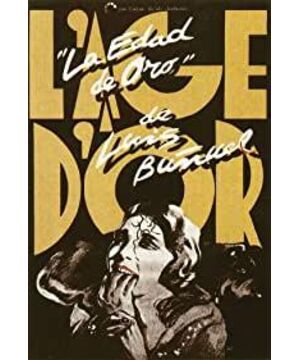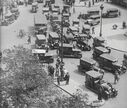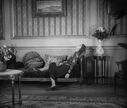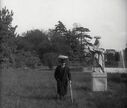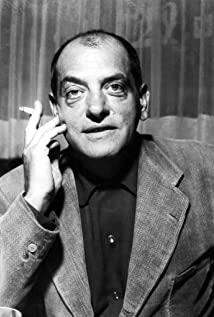The second film of "Golden Age" Bunuel, the first feature film.
The reason for the creation of the film is actually not complicated, but a coincidence. After the release of "An Andalu Dog", Cocteau, Orik, Prang and others all praised it, so they invited Buñuel to shoot a surrealist work again. This is the story of "Golden Age". Started.
Another small episode is the complete break between Bunuel and Dali, which is the mark of this work.
The scorpion documentary at the beginning of the film. These are the pictures that Bunuel made in advance, using old-fashioned film, and the technology of the silent era, so the audience will find that there are big differences between the pictures, which is what Bunuel wanted to create "Unflattering."
The opening scene of the film was shot at Cape Greus in the northern part of Gadagas. It is easy to associate Dali's work "The Eternity of Memory".
The script for "Golden Age" was written in a very different way. It was done during the quarrel between Buñuel and Dali. What Dali hopes is a kind of pure art similar to "An Andalu Dog", while Buñuel's idea is that the scenes should be connected to each other and transitioned to each other to form a truly complete movie. The disagreement between the two of them is also reflected in the image: the carriage passing through the living room, the father who killed his son, the bishop who was thrown out of the window are all personal marks of Bunuel, while the man with the stone on his head is Fully reflects Dali's thinking.
In the processing of video and sound, we can find that there are many unexplainable practices in the film. This is actually a voice-over: the characters in the film are in the garden, but their dialogue is in the bedroom: "Lean your head over, the pillows here are cooler." There is also a more confusing line. "Kill the child, we are all happy!" This is the inner monologue of a character for the first time ever. In the heroine’s bedroom, the sound did not match the picture. Bunuel created a subconscious association: the wind passed the mirror, a dog barked, the bell on the dog’s neck jingled, it seemed that the hero was barked by a group of people on the street. Dog chasing.
There is no criticism or accusation against the society in "An Andalu Dog". But the "Golden Age" has a clear meaning. It criticizes the bourgeoisie's ideals of family, motherland and religion.
At the end of the film, the toy-like castle on the mountain, four men, eight young women, this is a tribute to the great literary writer Thad. Shortly before filming, "120 Days of Sodom" deeply influenced Buñuel, and he was extremely obsessed with human morality, sex, and theology. It also influenced his future work "Nazarin", the young girl in the film: "I don't want heaven, I want my love, and I want to live in the world."
There is also an impressive shot in the film, in which a blind man is treated rudely. In fact, Buñuel’s movies have repeatedly appeared in plots of abuse of the blind, but Buñuel’s ideas are still difficult to understand, and he himself only made the following explanation for the time: "I don’t think there is anything special. Why are there plants growing in the garden? Because people have applied fertilizer there.” Maybe Bunuel’s childhood experience affected him.
A cross appeared at the end, a cross wrapped in a woman's hair. In fact, this is contrary to Bunuel’s idea. He originally wanted a cross covered with woman’s hair-beautiful blonde and brown hair, but in the movie it looked like an ugly pony tail. "There is no silver in this place. Two "women's hair" was written.
View more about L'Age d'Or reviews


